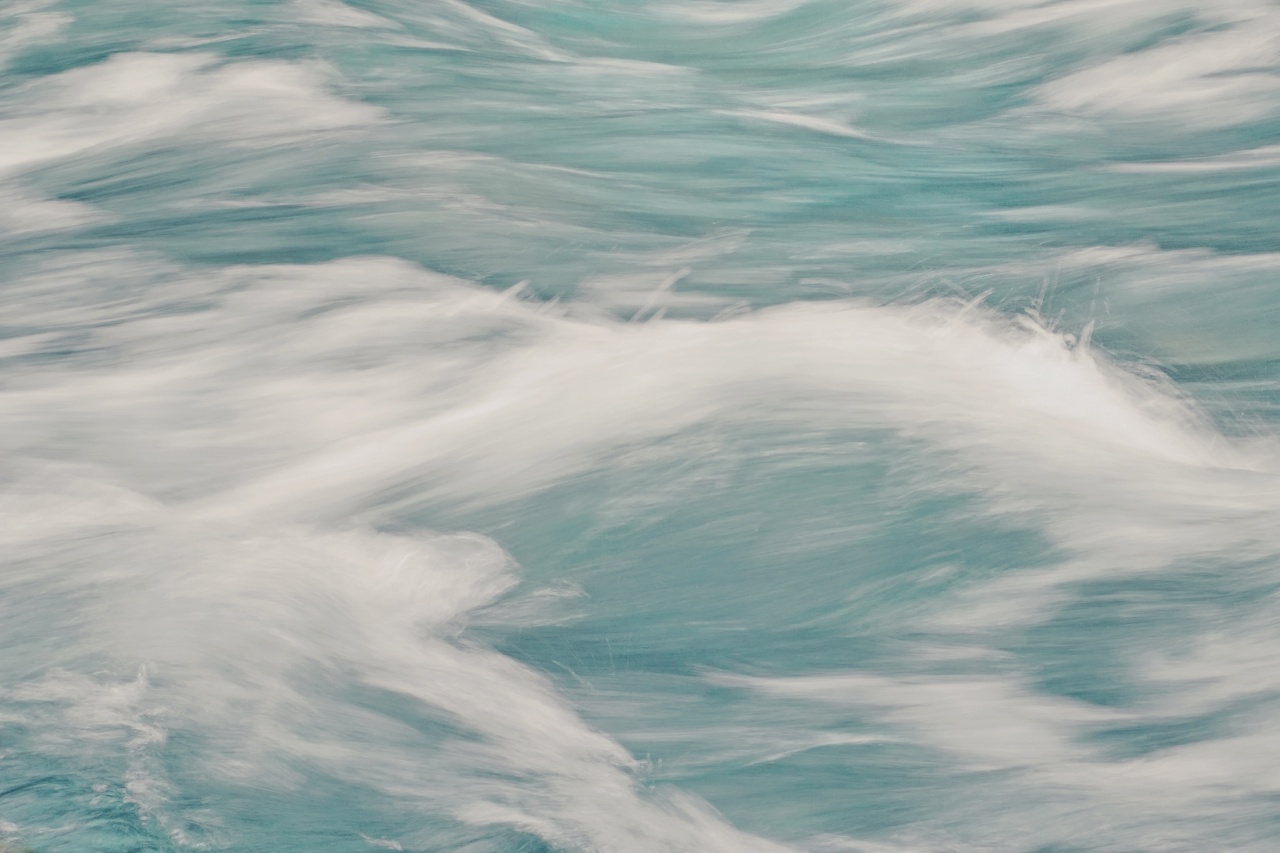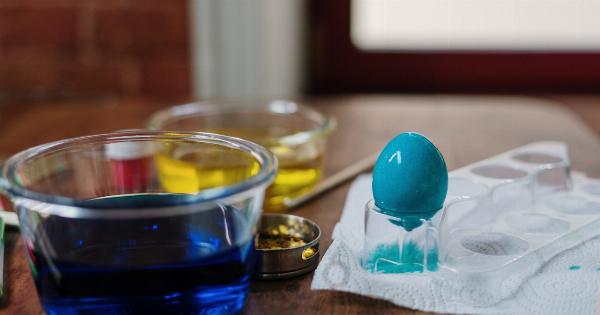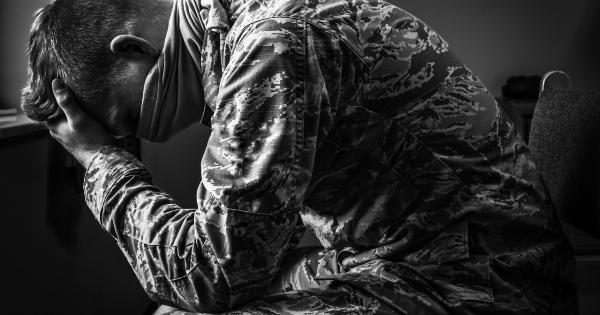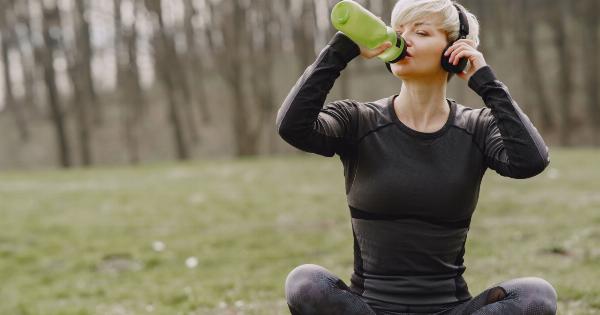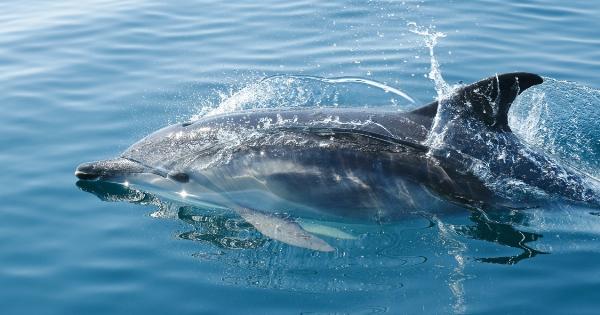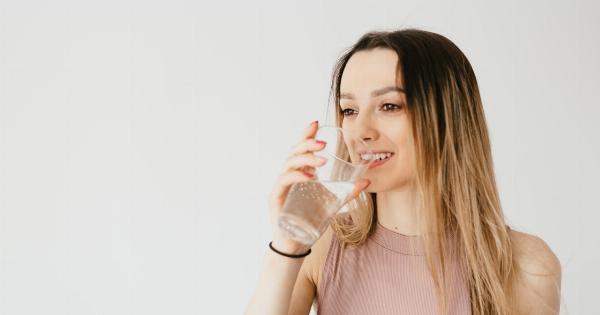Varicose veins are a common occurrence, affecting both men and women alike. These unsightly bluish and twisted veins usually appear on the legs and can cause pain, swelling, and discomfort.
Although varicose veins can be caused by aging, pregnancy, and heredity, there are ways to alleviate the symptoms and even prevent them from appearing. One such way is through the power of water therapy.
What is Water Therapy?
Water therapy, also known as hydrotherapy, is the use of water to improve overall health and well-being.
While it has been around for thousands of years, it is gaining popularity as a complementary treatment for various conditions, including varicose veins. Water therapy can involve various techniques, such as applying cold or hot water to the affected area, taking cold or hot showers, soaking in a bath, or swimming.
How Water Therapy Helps with Varicose Veins
Water therapy can help alleviate the symptoms of varicose veins by increasing blood circulation and reducing inflammation. When the affected area is exposed to cold water, the veins constrict, causing the blood to flow more forcefully.
This increased flow helps reduce swelling and pain, while also improving the overall health of the veins. On the other hand, hot water helps to relax the veins and increase their elasticity, allowing the blood to circulate more freely. This can also help reduce the appearance of varicose veins over time.
Cold Water Therapy
Cold water therapy is an effective way to reduce pain and swelling associated with varicose veins. One way to use cold water therapy is to apply a cold compress to the affected area for several minutes at a time several times a day.
Another option is to take a cold shower and focus the water on the affected area. Finally, soaking in a cold bath for 10-15 minutes can also help alleviate symptoms.
Hot Water Therapy
Hot water therapy is also effective in treating varicose veins by improving blood flow. To take advantage of hot water therapy, take a hot shower or bath and focus the water on the affected area.
Some people even soak their feet in a hot bath for 15-20 minutes a few times a week to help reduce the appearance of varicose veins.
Alternating Hot and Cold Therapy
Another option is to alternate hot and cold water therapy. This can help increase blood flow while also reducing inflammation.
One way to do this is to use a technique called a contrast bath, where the affected area is soaked in hot water for one minute and then cold water for one minute. This process is repeated several times for a total of 10-15 minutes. This can be done a few times a week to help alleviate symptoms.
Swimming and Water Aerobics
Swimming and water aerobics are also great ways to use the power of water to improve circulation and reduce the symptoms of varicose veins. These exercises help to improve overall cardiovascular health while also being low impact on the joints.
Conclusion
While there is no cure for varicose veins, there are a variety of ways to manage and reduce the symptoms. Water therapy is a safe and effective way to improve circulation and reduce inflammation. It is also a great low-impact exercise option.
Be sure to consult with your doctor to determine the best treatment plan for your specific needs and always seek medical attention if your symptoms worsen.
